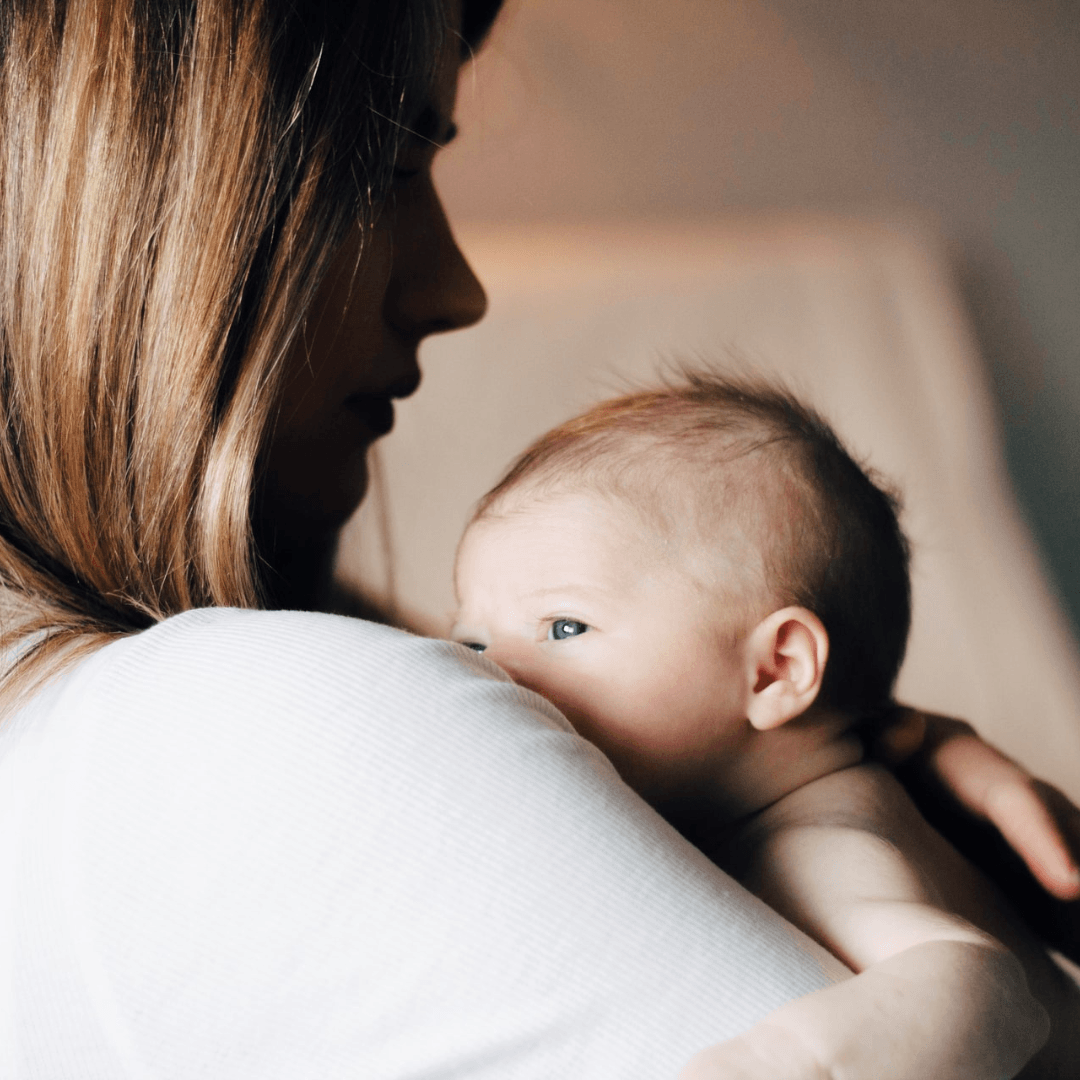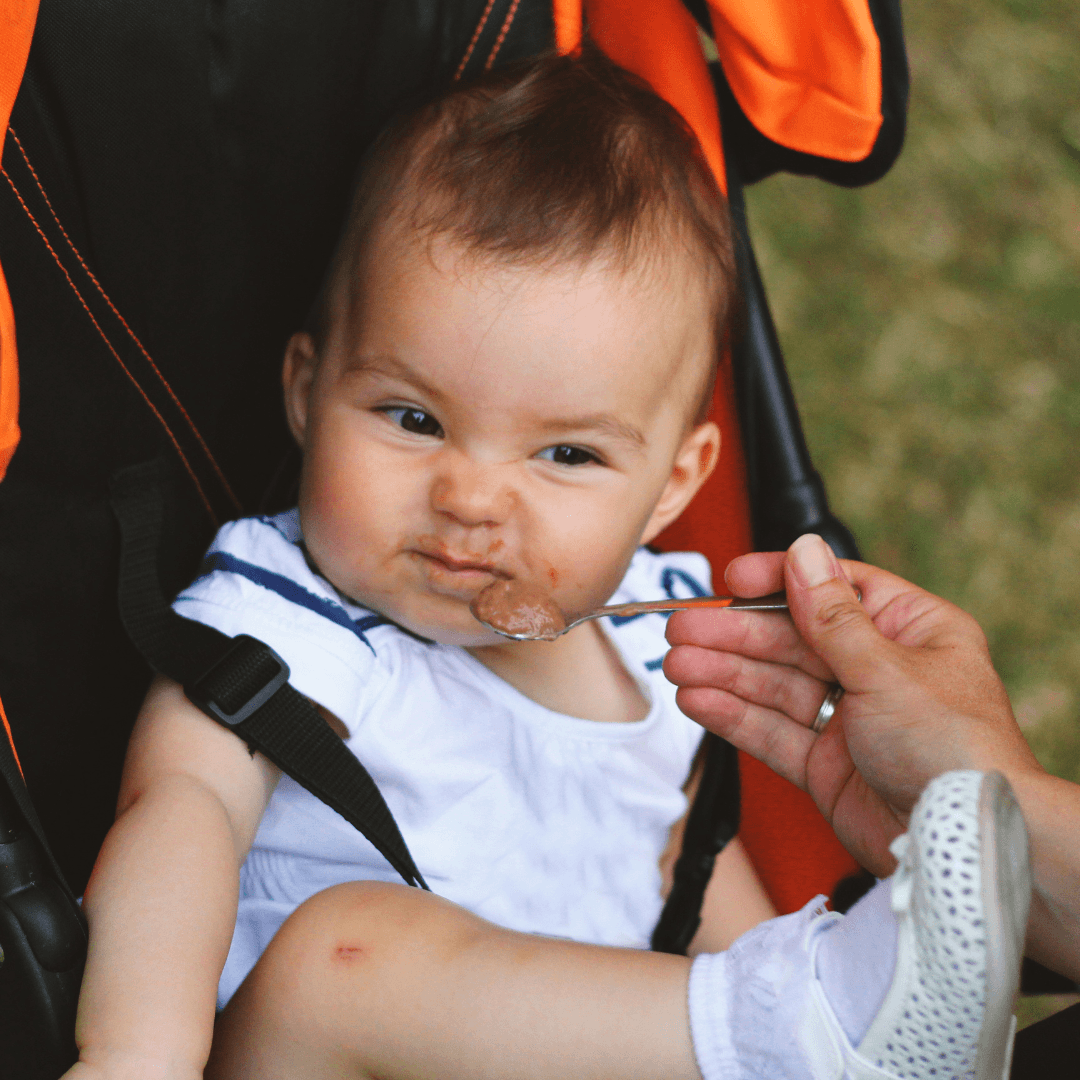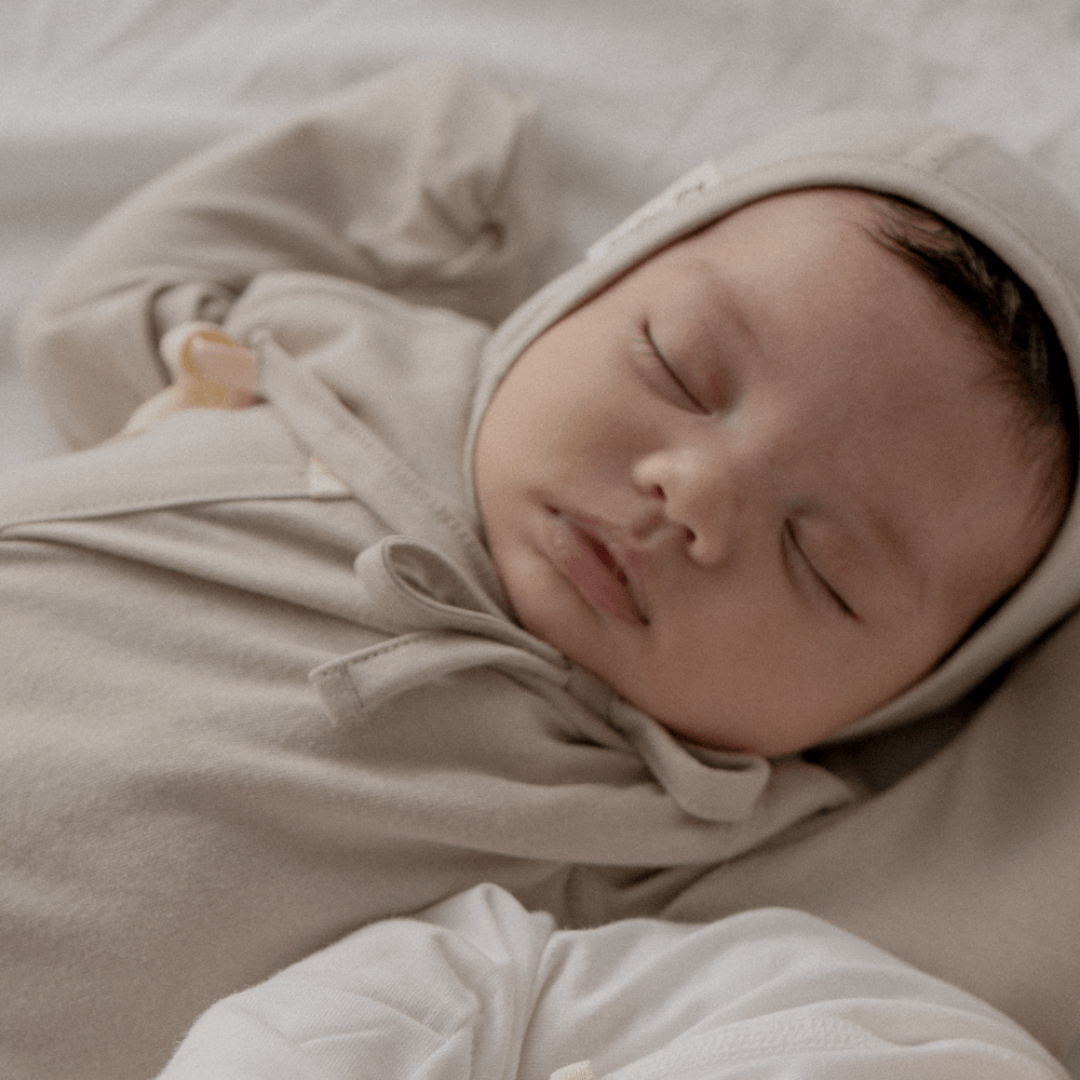
What is neonatal acne?
When pimples are found on the face of a newborn baby like those in adolescent boys and girls, many parents ask, 'What should I do? Should I apply ointment?' However, newborn acne is surprisingly one of the most common symptoms found on baby's skin. Neonatal acne does not cause atopic dermatitis, nor is it evidence that the baby's skin is unhealthy. So, you don't have to worry too much.
What causes neonatal acne?

Newborn acne is said to be affected by hormones passed on from the mother during pregnancy. As the newborn grows and the hormones delivered by the mother disappear, the baby's skin naturally improves. Neonatal acne is a condition that occurs more often in boys than in girls. Neonatal acne usually appears around 2 weeks of age and disappears naturally within 2 to 3 months of age.
On the cheeks and forehead, small bumps like puberty acne appear. Ointments are sometimes prescribed for severe symptoms, but in most cases, it will get better naturally, so don't worry. No special treatment is required. Newborn acne symptoms do not require specific management, and just like for normal newborn babies, proper hydration and proper bathing are still necessary.
You just need to wash your baby’s face once every 1-2 days and moisturize it moderately. Squeezing or touching acne is not recommended. A secondary infection may develop and require ointment treatment.
Tip:
A case where you have to go to the hospital for acne in newborns Even after 2 to 3 months of age, if the acne in newborns is severe, inflammation, etc., the child’s skin is itchy, or the size of the acne gets bigger and worse, you need to consult a specialist. There is a possibility of other skin diseases, such as atopic dermatitis, rather than neonatal acne.
What is Baby Seborrheic Dermatitis?

In addition to newborn acne, there are other symptoms that are often found on baby skin. This is 'newborn seborrheic dermatitis'. It is found in newborns within the first month of life and may persist for several months. It is a symptom of skin-like scabs attached to the baby's forehead or scalp. In seborrheic dermatitis, thick, dead skin cells appear on the sides of the nose, scalp, behind the ears, eyebrows, and chest.
Symptoms are mainly found in areas where the sebaceous glands are well developed and there is a lot of sebum. When you look at your baby's head while feeding, do you see yellow scabs on the scalp? If so, you may suspect the symptoms of neonatal seborrheic dermatitis. If seborrheic dermatitis is severe on the scalp, you can try managing it with oil at home.
You can use baby oil to exfoliate the scalp and gently wipe off the dead skin cells while taking a baby bath. There are some aspects that are a bit worrisome in terms of appearance, but most of them are symptoms that improve naturally, so there is no need to work too hard to remove dead skin cells. It is enough to wipe it off naturally when taking a bath. Excessive exfoliation can lead to secondary infection.
The dead skin cells that appear with seborrheic dermatitis are mostly dry and fall off when pulled. The child does not itch and usually resolves spontaneously after 3 to 4 months of age. The cause of the disease is not clear, but there are some theories that babies have excessive sebum secretion, and some say that it is a genetic factor.
#Advice from Jeong-Ho Seo, a Pediatrician
You may be curious about the difference between atopic dermatitis and seborrheic dermatitis.
Even experts don’t find it easy to distinguish whether newborn acne or seborrheic dermatitis is apparent only with the child's current skin condition, or whether the symptoms of atopic dermatitis appeared early. In particular, it can be difficult to differentiate between seborrheic dermatitis and atopic dermatitis. However, if you have the characteristic symptoms of neonatal acne or seborrheic dermatitis, it may be helpful in diagnosing it. Newborn acne is often found on the face with symptoms that look like pimples, just like adult acne.
Seborrheic dermatitis can be suspected if a rash with yellow crusts appears on the scalp or around the eyebrows.
Newborn acne or seborrheic dermatitis itself is not difficult for the child, and it is okay to watch because it improves spontaneously over time. It is necessary to see Since atopic dermatitis is a chronic disease with dry skin, it cannot be diagnosed in the newborn period. When the symptoms of eczema recur, at least 2-3 months can pass before a diagnosis can be made.
---------------------------------------------------
Author: Doctor Seo Jeong-ho
- Representative Director of 'Yonsei Hangyeol Pediatrics', Gangseo-gu, Seoul
- Pediatrics Specialist







